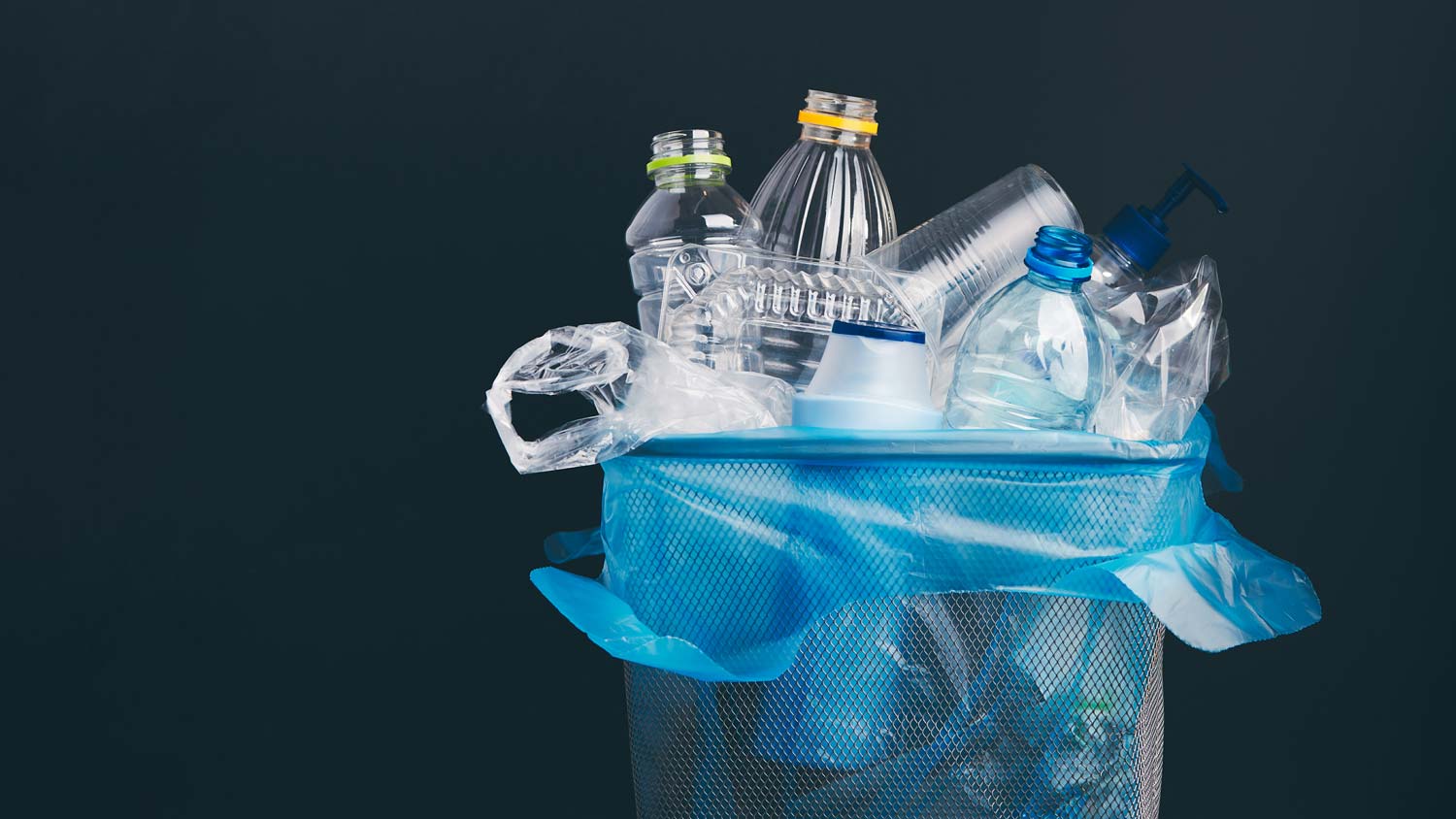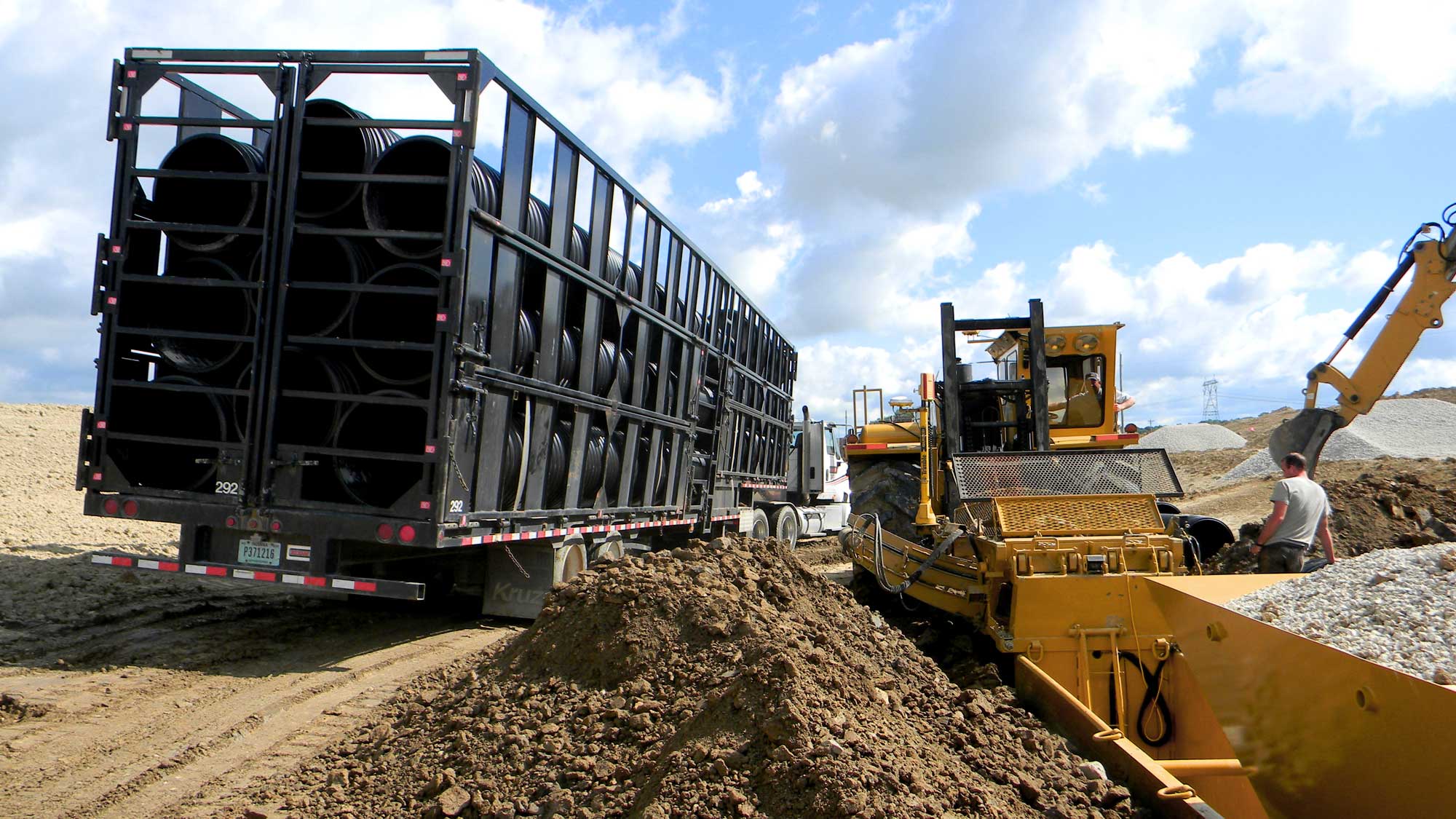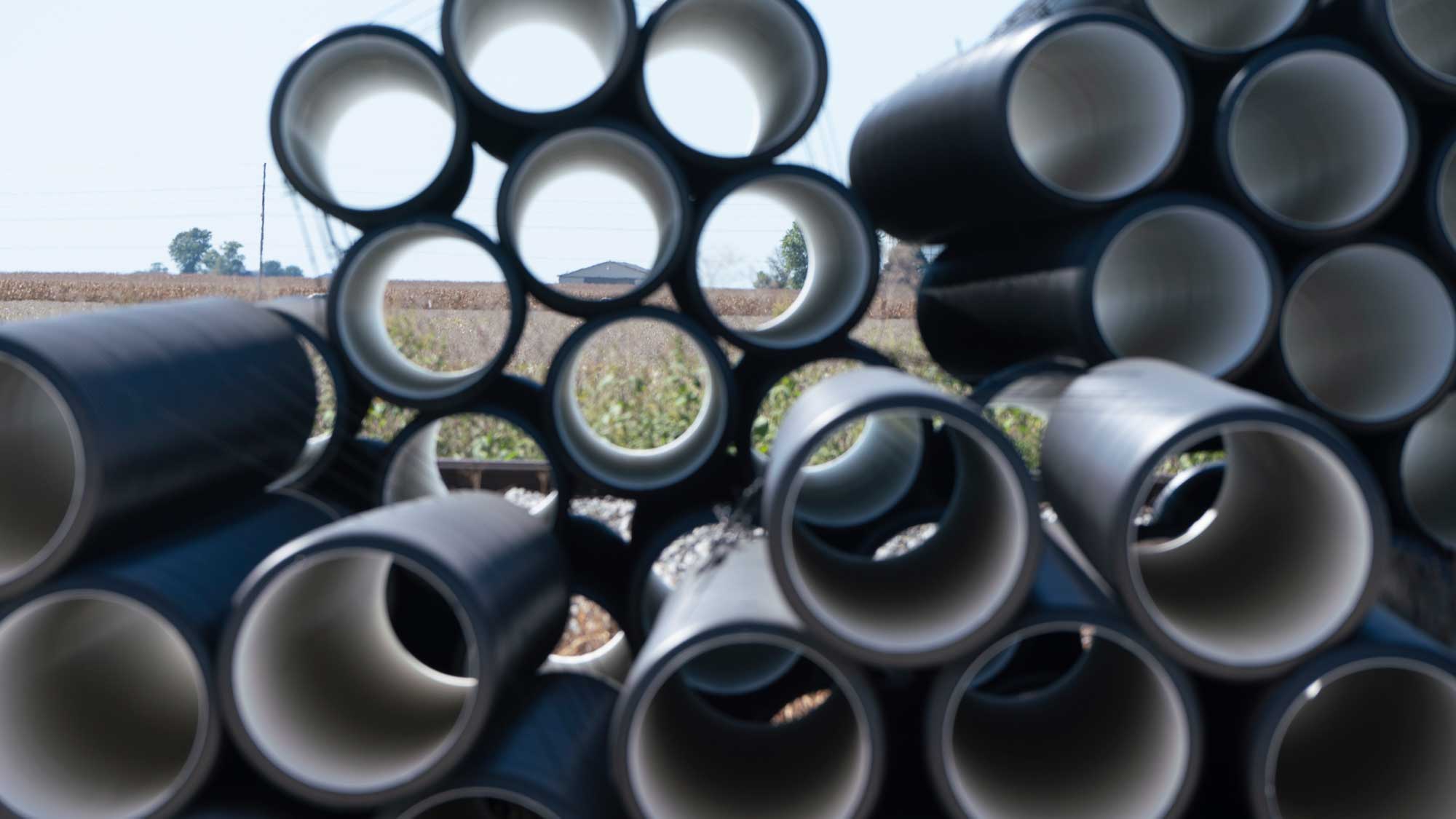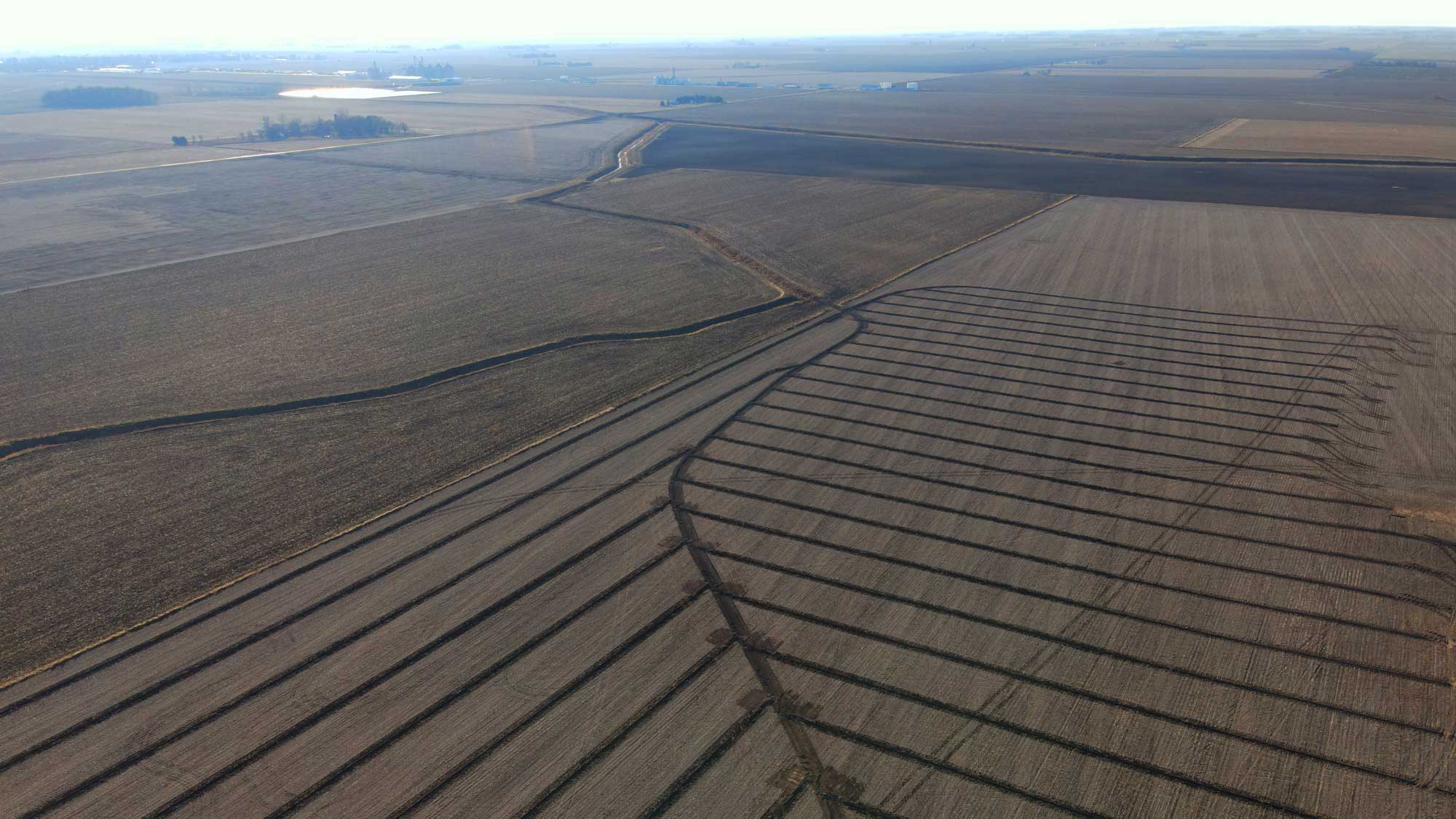As seen in the Tried & True Summer 2024 issue
In our industry, we work with plastic every day, and recycling Fratco pipe is a simplified process since the pipe is only made from two types of plastics. Can we just recycle all the plastic we use at home the same way? Sadly, it’s not so simple when you introduce different types of plastic, making recycling at home a headache with all these numbers and types to keep track of. Understanding the types of plastics and their respective codes, from one to seven can make a big difference in how we approach recycling on-site or at home.
1 – PET:
The Popular Choice
Code 1 plastics, made with PET or PETE, polyethylene terephthalate, are the unsung heroes of the recycling world. These containers, often housing your favorite beverages, lead the charge with a 96% market share in the US. Beyond bottles and jars, PET’s versatility stretches to combs, tote bags, carpeting and more. A champion of the recycle bin, PET’s journey from your site to the recycling center is sustainability in action.
2 – HDPE:
The Protector
HDPE’s (high-density polyethylene) strength lies in its resilience and protective nature, especially when it comes to safeguarding your food and drinks. Although it’s a steadfast guardian, reusing HDPE for food containers is a no-go for safety reasons, the recycling process can introduce chemicals we don’t want to consume. From shampoo bottles to milk jugs, HDPE’s second life includes fencing, crates and even lumber. It’s a sturdy ally in our eco-friendly endeavors.
3 – PVC:
The Versatile One
PVC, polyvinyl chloride, flexes its muscles in both rigid and flexible forms, proving indispensable in plumbing and construction. Yet, its utility comes with a caution—PVC recycling is less common, due to its potential harm if ingested. Still, when recycled, it finds new purpose in products like binders, cables and traffic cones, showcasing the power of transformation.
4 – LDPE:
The Flexible Friend
LDPE, low-density polyethylene, might not headline recycling programs, but it’s starting to make its mark. Known for its flexibility and safety with food storage, LDPE crafts everyday essentials like grocery and sandwich bags. Its path to recycling is growing, promising a future where less LDPE is destined for the landfill and instead integrated into useful items like garbage cans and outdoor furniture.
5 – PP:
The Heat-Resistant
With only about 3% of PP, polypropylene, products recycled in the U.S., there’s room to grow. PP’s claim to fame is its high-temperature resistance, making it perfect for food containers that face the microwave’s heat. Recycled PP turns into durable goods like battery cables and bins, proving that tough materials can have a soft spot for the planet.
6 – PS:
The Lightweight
Polystyrene, or Styrofoam, is the lightweight contender in our lineup. As PS may be the most notoriously bad-for-the-environment plastic, its recycling process is energy-intensive, but efforts are improving. From coffee cups to packing material, PS has a wide range of uses. Its recycled form contributes to products such as insulation and license plate frames, highlighting the potential for sustainability even in the most challenging materials.
7 – Miscellaneous:
The Wild Cards
The number 7 category is the catch-all for plastics that defy the first six codes, including those made with polycarbonate. Though tough to recycle, innovations are underway to give these plastics new life in forms like plastic lumber. Among them, BPA-containing products remind us of the importance of cautious use and disposal.
We all do our part for the environment at work, from reducing waste in the field to recycling plastic on the production floor. Let’s keep the same sustainability mindset when we’re at home! Check in with your local waste management company to learn what types of plastics they can accept for recycling. If they can’t take certain types, grocery stores and other local places will often have recycling bins for tougher plastics to be taken to recycling plants that can handle them. Every piece of plastic has a role to play in paving the way toward sustainability. Let’s make every effort to sort, recycle and champion the use of eco-friendly materials wherever we can. Together, we’re not just building for today–we’re helping pave the way for a greener tomorrow.











